Location of Caulk on Tub Flange
mayflower1032
9 years ago
Related Stories

BATHROOM DESIGNConvert Your Tub Space Into a Shower — the Tiling and Grouting Phase
Step 3 in swapping your tub for a sleek new shower: Pick the right tile and test it out, then choose your grout color and type
Full Story
BATHROOM DESIGNConvert Your Tub Space Into a Shower — Waterproofing and Drainage
Step 4 in swapping your tub for a sleek new shower: Pick your waterproofing materials and drain, and don't forget to test
Full Story
PHOTO FLIP71 Dream Bathtub Views
Soak in the sights with this collection of tantalizing tubs and inspiring vistas
Full Story
SMALL HOMESHouzz Tour: Teatime for a Tiny Portable Home in Oregon
A tearoom, soaking tub and bed of tatami mats recall Japan in this 134-square-foot house on wheels
Full Story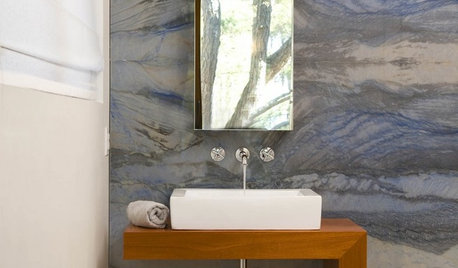
BATHROOM DESIGNDesign an Easy-Clean Bathroom
These ingenious strategies and sleek designs for the sink, tub, shower and toilet help your bathroom practically clean itself
Full Story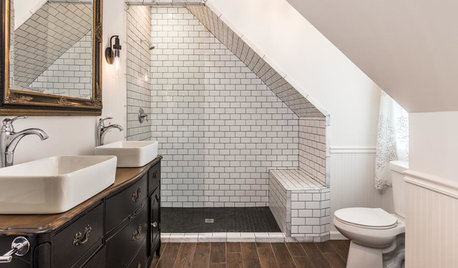
ROOM OF THE DAYRoom of the Day: Handsome Take on Shabby Chic in the Bath
A repurposed antique dresser, a claw-foot tub and dark accents add vintage appeal to this updated bath
Full Story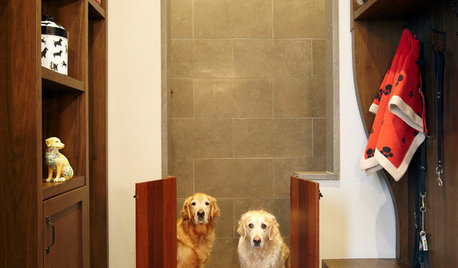
PETS15 Doggone-Good Tips for a Pet Washing Station
Turn a dreaded chore into an easier task with a handheld sprayer, an elevated sink or even a dedicated doggie tub
Full Story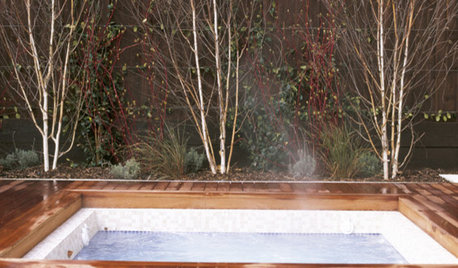
DREAM SPACESJust a Few Things for the Dream-Home Wish List
A sunken hot tub, dedicated game room, tree house, hidden wine cellar and more. Which of these home luxuries would you like best?
Full Story
HOUZZ TOURSMy Houzz: A Musical Couple's Home Strikes a Personal Chord
Light, glass and many musical instruments animate this 1905 bucolic Washington farmhouse
Full Story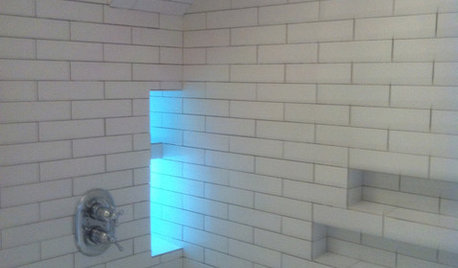
BATHROOM DESIGN10 Top Tips for Getting Bathroom Tile Right
Good planning is essential for bathroom tile that's set properly and works with the rest of your renovation. These tips help you do it right
Full StoryMore Discussions






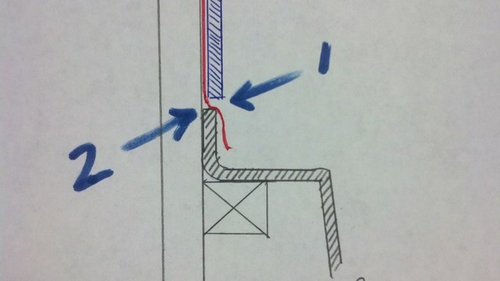

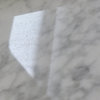


Cabot & Rowe
MattNJ186
Related Professionals
Corcoran Kitchen & Bathroom Designers · Fresno Kitchen & Bathroom Designers · Hammond Kitchen & Bathroom Designers · Calverton Kitchen & Bathroom Remodelers · Fort Pierce Kitchen & Bathroom Remodelers · Oceanside Kitchen & Bathroom Remodelers · Rancho Cordova Kitchen & Bathroom Remodelers · South Plainfield Kitchen & Bathroom Remodelers · Phillipsburg Kitchen & Bathroom Remodelers · Miami Glass & Shower Door Dealers · Springville Glass & Shower Door Dealers · Beaumont Cabinets & Cabinetry · Forest Hills Cabinets & Cabinetry · Gadsden Window Treatments · Tennessee Window Treatmentsmayflower1032Original Author
pete_p_ny
pete_p_ny
mayflower1032Original Author
parkplaza
saxmaan1
saxmaan1
mayflower1032Original Author
saxmaan1
mowers
mayflower1032Original Author
saxmaan1
tom_p_pa
tom_p_pa
mowers
mowers
fall
millworkman
fall
millworkman
mowers
mayflower1032Original Author
mrsr
mayflower1032Original Author
mayflower1032Original Author
dadereni
mrsr
mrsr
mrsr
matt_r
MattNJ186
mayflower1032Original Author
MongoCT
mayflower1032Original Author
MongoCT